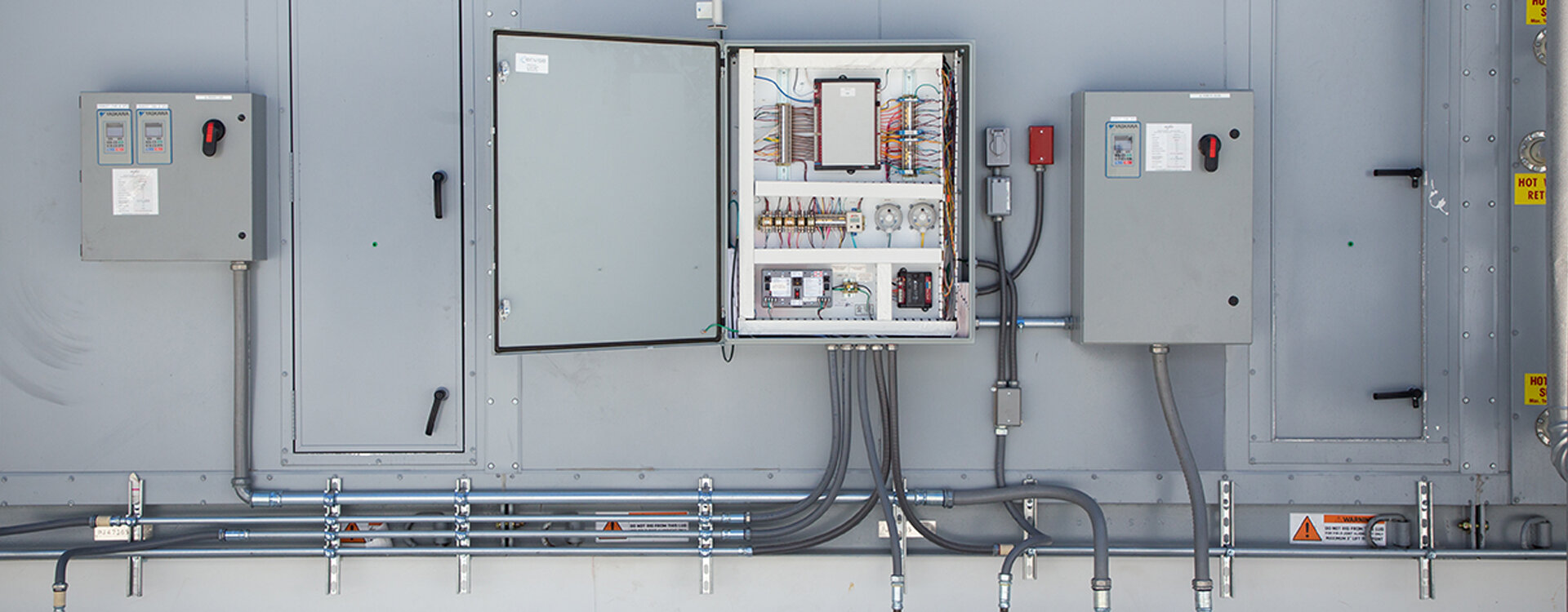
There is no such thing as truly seamless integration. What we are really talking about is: How big is that seam going to be?"
Imagine pushing a cart down a long hallway. The cart is full of dishes and the hallway's floor is made of smoothly-poured cement — the kind of floor that was built in sections and has expansion joints or seams between the different cement pours. If the seams between the cement sections are large or uneven, the cart will bump along making the dishes shake, jump around, and clank loudly. The dishes might even fall off the cart and smash onto the floor. If the seams are more of a moderate size, the dishes may jiggle and make noise, but you probably don't have to worry about them falling off. If the seams were created well, you can see them, but the cart will smoothly roll over the floor as if there weren't any seams at all. When it comes to integration, this example describes both the integrator and the user experience.
The reality of seamless integration
As system integrators, when we talk about integration, we are talking about the connection of a system or product (product A) to another system or product (product B). For example, if you had a BACnet building system that's connecting to a BACnet variable speed drive, the mostly plug and play protocols are the same. For easy display, you would go to gather the information from the drive, but would find that system A's BACnet front end can't create or delete points or change programming inside product B's variable speed drive. The same can be said if you were connected to system B (i.e., another manufacturer's system).
Often, as a solution, you would create alarms and trends in product A because you can't create or set them up the way you want to inside product B.
How easy or hard it is to do this and make it appear "seamless" to the end user represents the seams from the example of a cart being pushed down a hallway. Do you barely hear the dishes rattle, or do they fall and crash on the floor? Is the end user minimally affected by the seams between product A and product B?
The industry is slowly changing, but all products are not created equal
The industry is moving to make things better. One of the ways is by moving beyond just standard protocols like BACnet and making different manufacturers' platforms talk to one another. This requires the introduction of other standards (beyond BACnet) that exist more at the server application and device levels. These standards are set by the IT world — so specifically we are talking about the IoT (Internet of Things). For instance, think about the fact that a Nest thermostat and Ring doorbell all work on the same smart phone.
Integration of systems vs. unified systems
The new term for this movement is unified systems. It is easy to understand the difference: integrated systems are systems that must work together through standard protocols or gateways whereas unified systems are systems that have been designed, from the beginning, to work together. For example, when we look at building controls, there are traditional HVAC controls and lighting controls. These are two different systems that often get integrated. Now, most lighting is LED and is a controlled device. So, why do we have one controller for the VAV box in a room and another controller for the lighting zone? With unified systems, you don't. One controller controls all the technology in a room because all the technology (VAV box, LED, sensors, access, etc.) are IoT devices that work together.
Engineering Manager
As Engineering Manager, Mike Phillips has experience in the internet of things (IoT) and building control technologies. With over 24 years of experience, he brings extensive knowledge of the building automation industry.




